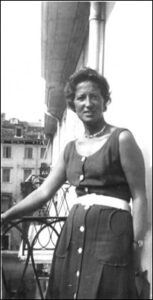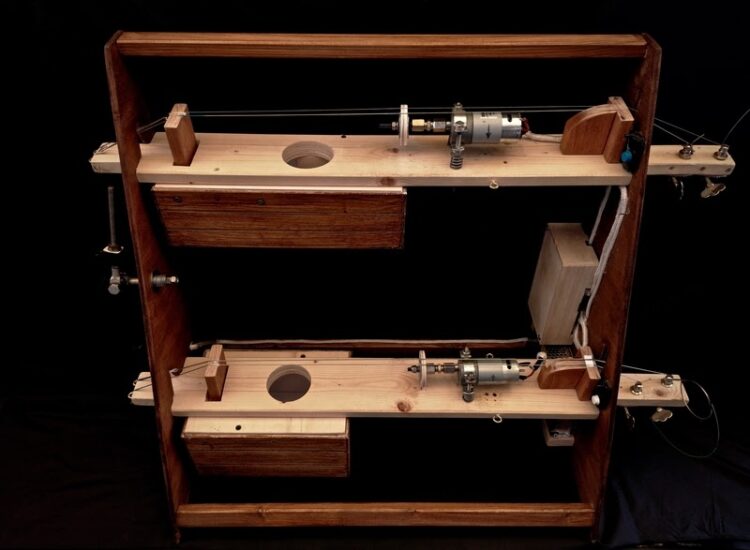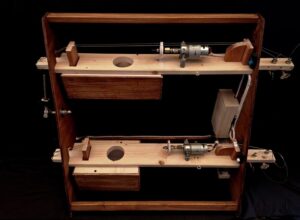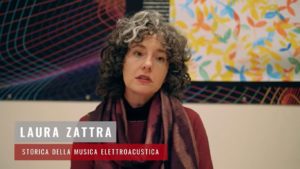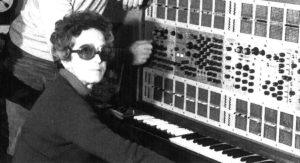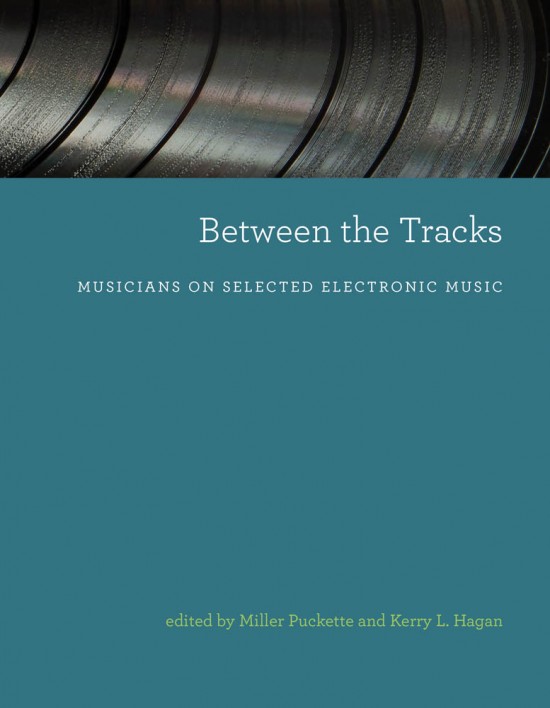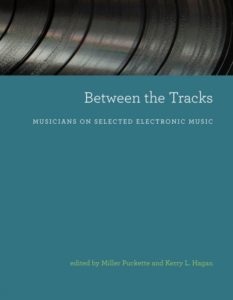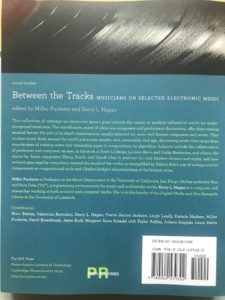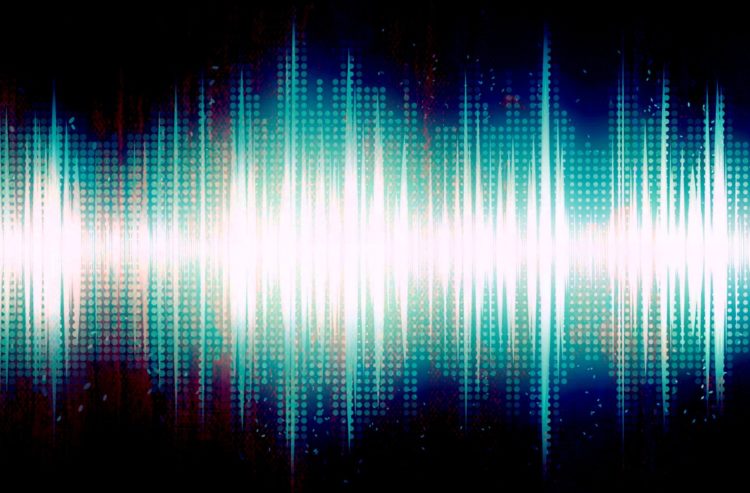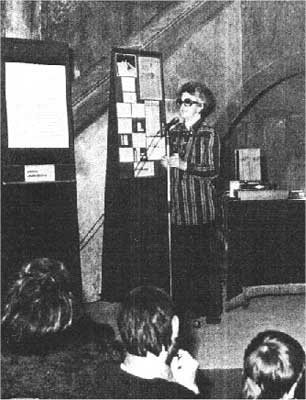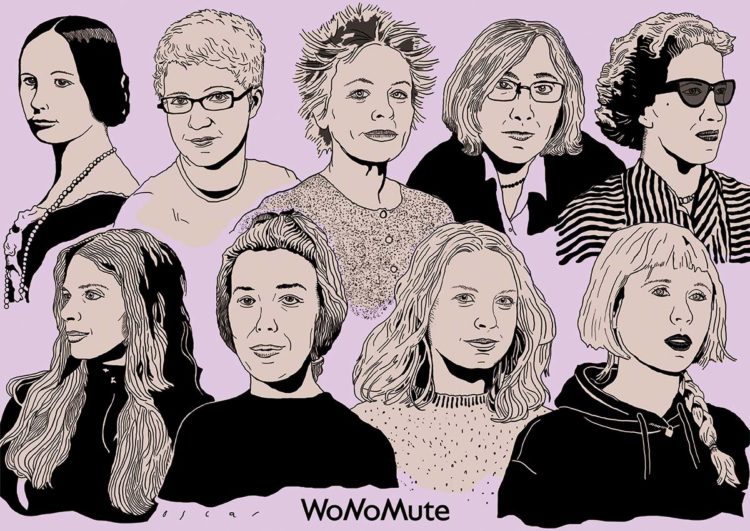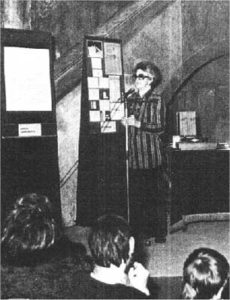 Teresa Rampazzi’s music (at least part of it, but we are working for future publications ) is edited by Die Schachtel.
Teresa Rampazzi’s music (at least part of it, but we are working for future publications ) is edited by Die Schachtel.
Teresa Rampazzi published only two pieces during her lifetime:
- Fluxus (1979) LP EDI-PAN PRC S 20-16, Roma, 1984.
- Atmen noch (1980), special mention at the 8th International Concourse of Electroacoustics Music, Bourges (France): collection of winning pieces.
For a number of years, die Schachtel and Laura Zattra (IRCAM équipe APM Associate Researcher and former researcher at University of Padova) have been collaborating in the effort to disseminate her experimental electronic recordings. The research group include Bruno Stucchi and Fabio Carboni (producers), Dinamo, Milano (Design), Laura Zattra (project, research, archival research, liner notes), Sergio Canazza, Antonio Rodà (digitization and digital archiving), Giuseppe Ielasi (mastering).
- Musica Endoscopica, Teresa Rampazzi, DIE SCHACHTEL, DS9 (2009)
- Gruppo NPS Nuove Proposte Sonore 1965-1972, Teresa Rampazzi, Ennio Chiggio et al., DIE SCHACHTEL, DS23 (2011)
- Immagini per Diana Baylon, Teresa Rampazzi, DIE SCHACHTEL, DS30 (2016)
Other audio events worthy of listening:
Studio Elektronische Musik: Nexus [22]: Padua | Profil [62]: Teresa Rampazzi, a program by Reinhold Friedel, 27.05.2017 | 115 Min. | Quelle: WDR Westdeutscher Rundfunk – with interviews to Francesca Rampazzi, Alvise Vidolin, Laura Zattra, & others — Listen here.
In italian: Laura Zattra presents a brief biography: https://www.youtube.com/watch?v=toWha0UFMA8
Listen to Teresa Rampazzi’s voice presentig her Taras su tre dimensioni here: https://soundcloud.com/laura-zattra/teresa-rampazzi-taras-su-tre-dimensioni-presentation-and-audio-excerpt
